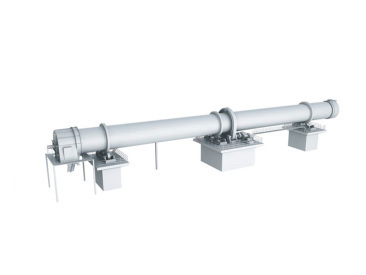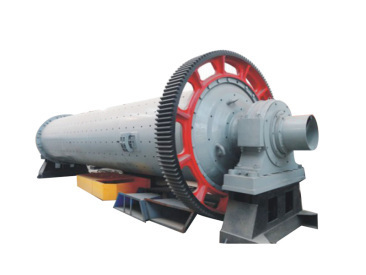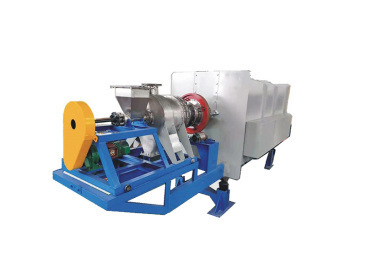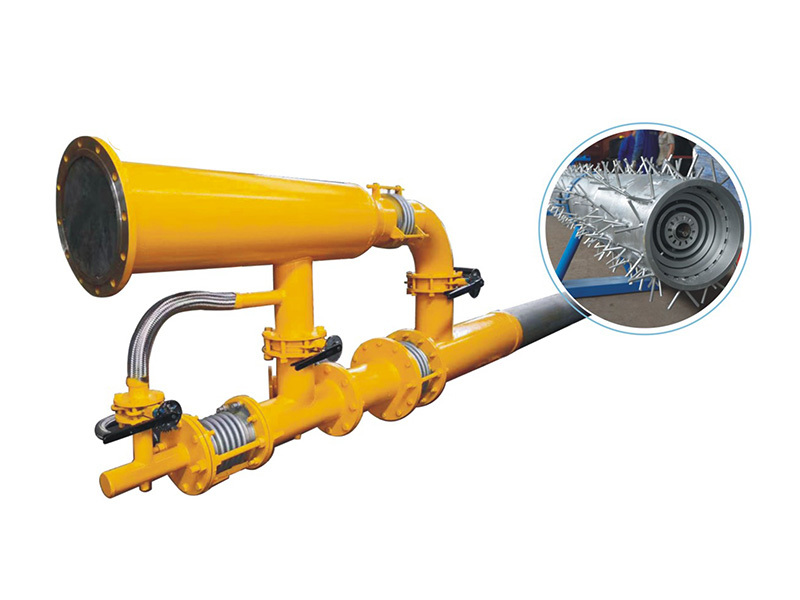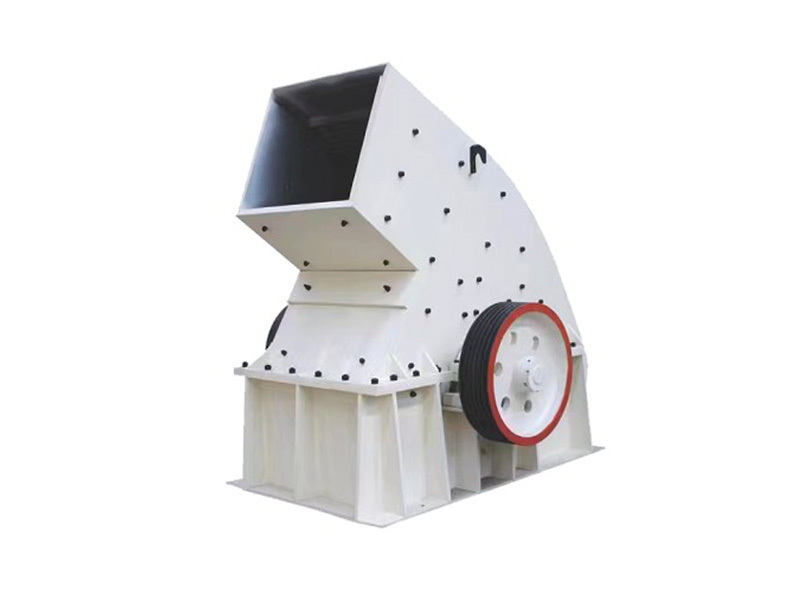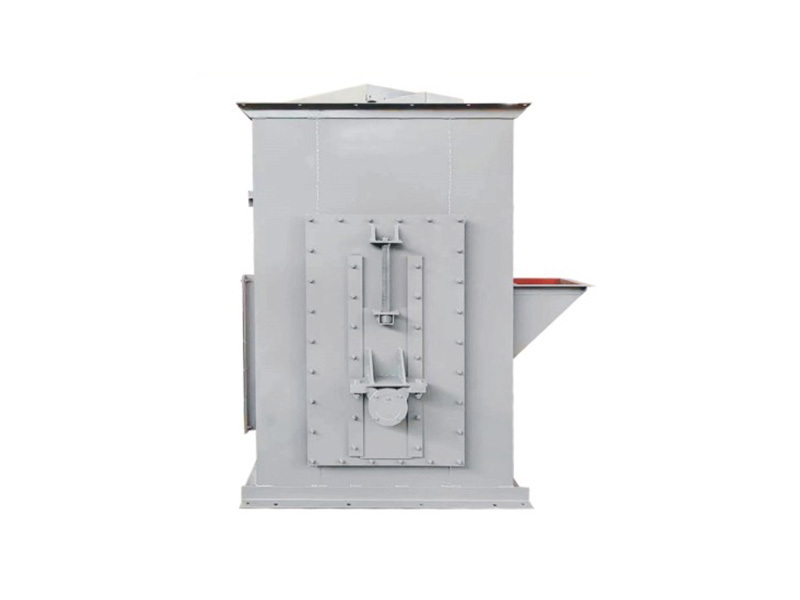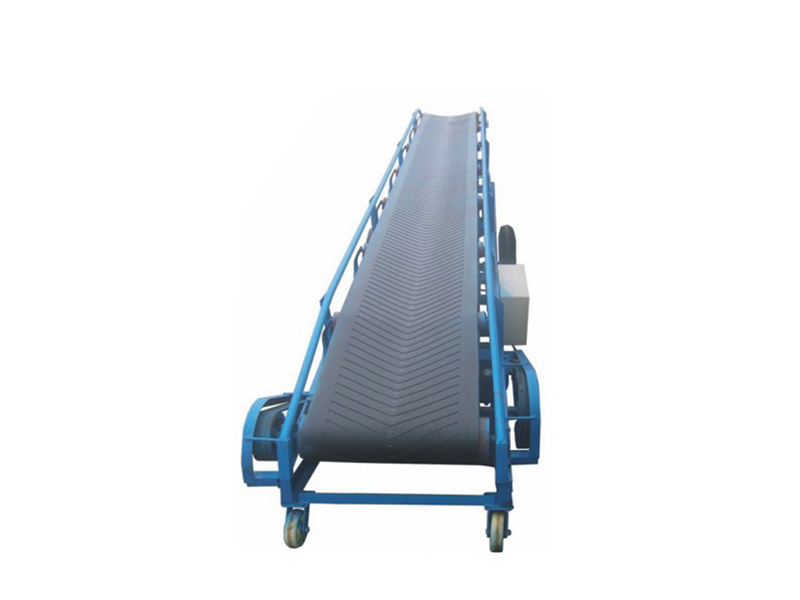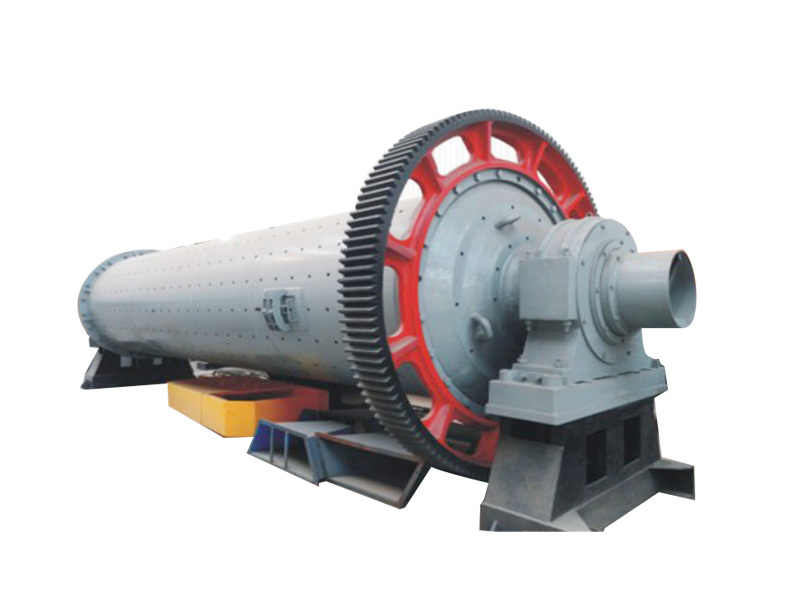Understanding Vertical Coolers: An Essential Component in Building Material Processing
Vertical coolers play a critical role in the manufacturing and processing of building materials, particularly in industries where temperature control is paramount. These specialized cooling systems are designed to manage the temperature of materials during various stages of production, ensuring that quality is maintained and operational efficiency is maximized.
The main purpose of a vertical coole
Vertical coolers play a critical role in the manufacturing and processing of building materials, particularly in industries where temperature control is paramount. These specialized cooling systems are designed to manage the temperature of materials during various stages of production, ensuring that quality is maintained and operational efficiency is maximized.
The main purpose of a vertical cooler is to lower the temperature of materials efficiently as they transition from one phase of processing to another. For instance, in the production of concrete or other building materials, maintaining an optimal temperature is essential for achieving the desired strength and durability. By utilizing a vertical cooler, manufacturers can effectively cool these materials, preventing premature hardening or degradation that can occur if they remain too warm.
One of the key advantages of vertical coolers is their space-saving design. Unlike traditional cooling systems, which may require significant floor space and infrastructure, vertical coolers are designed to operate in a compact vertical format. This allows manufacturers to optimize their production layout, freeing up valuable space for additional machinery or storage. This compact design also often translates to lower energy consumption, making vertical coolers an environmentally friendly choice for manufacturers aiming to reduce their carbon footprint.
Moreover, vertical coolers are equipped with advanced technology that allows for precise temperature control. This level of control is crucial in processes where temperature fluctuations can lead to inconsistencies in product quality. With the ability to maintain stable cooling conditions, manufacturers can ensure that their products meet stringent industry standards and customer expectations.
Another significant aspect of vertical coolers is their versatility. They can be used in various applications within the building materials sector, from cooling aggregates in concrete production to managing temperatures in the processing of gypsum or other minerals. This adaptability makes vertical coolers a valuable asset in diverse manufacturing environments, allowing companies to tailor their cooling solutions to meet specific needs.
In summary, vertical coolers are indispensable in the building materials processing industry. Their efficiency, space-saving design, precise temperature control, and versatility make them a key component in enhancing production processes and ensuring product quality. As manufacturers continue to seek ways to improve operational efficiency and reduce costs, the adoption of vertical coolers will likely increase, cementing their role as a vital technology in modern manufacturing. Understanding the benefits and applications of these systems can empower industry professionals to make informed decisions that enhance their production capabilities.
The main purpose of a vertical cooler is to lower the temperature of materials efficiently as they transition from one phase of processing to another. For instance, in the production of concrete or other building materials, maintaining an optimal temperature is essential for achieving the desired strength and durability. By utilizing a vertical cooler, manufacturers can effectively cool these materials, preventing premature hardening or degradation that can occur if they remain too warm.
One of the key advantages of vertical coolers is their space-saving design. Unlike traditional cooling systems, which may require significant floor space and infrastructure, vertical coolers are designed to operate in a compact vertical format. This allows manufacturers to optimize their production layout, freeing up valuable space for additional machinery or storage. This compact design also often translates to lower energy consumption, making vertical coolers an environmentally friendly choice for manufacturers aiming to reduce their carbon footprint.
Moreover, vertical coolers are equipped with advanced technology that allows for precise temperature control. This level of control is crucial in processes where temperature fluctuations can lead to inconsistencies in product quality. With the ability to maintain stable cooling conditions, manufacturers can ensure that their products meet stringent industry standards and customer expectations.
Another significant aspect of vertical coolers is their versatility. They can be used in various applications within the building materials sector, from cooling aggregates in concrete production to managing temperatures in the processing of gypsum or other minerals. This adaptability makes vertical coolers a valuable asset in diverse manufacturing environments, allowing companies to tailor their cooling solutions to meet specific needs.
In summary, vertical coolers are indispensable in the building materials processing industry. Their efficiency, space-saving design, precise temperature control, and versatility make them a key component in enhancing production processes and ensuring product quality. As manufacturers continue to seek ways to improve operational efficiency and reduce costs, the adoption of vertical coolers will likely increase, cementing their role as a vital technology in modern manufacturing. Understanding the benefits and applications of these systems can empower industry professionals to make informed decisions that enhance their production capabilities.
Recommend Content
Industrial Rotary Kilns: Key Factors for Optimal Performance in Material Processing
Industrial Rotary Kilns: Key Factors for Optimal Performance in Material Processing
Rotary kilns are a cornerstone in various industrial applications, particularly in the processing of materials such as cement, lime, and ceramics. The effectiveness and efficiency of these kilns significantly influence production output and operational costs. In this in-depth exploration, we will elucidate the **ke






